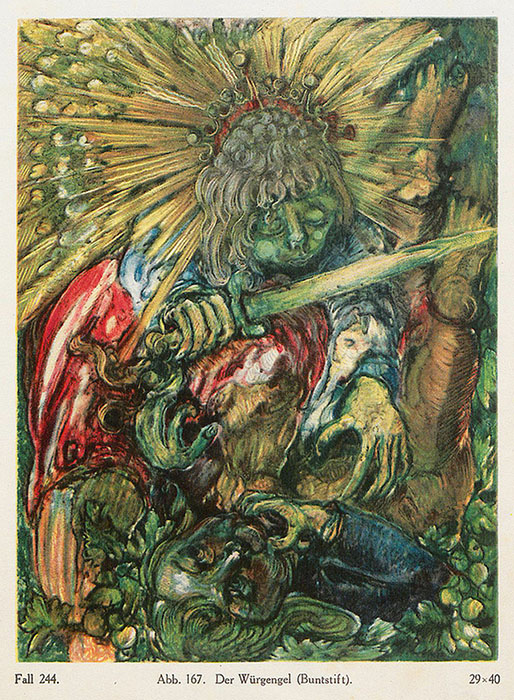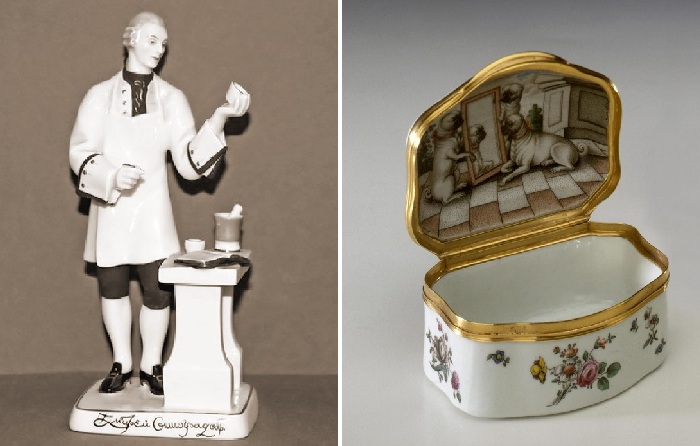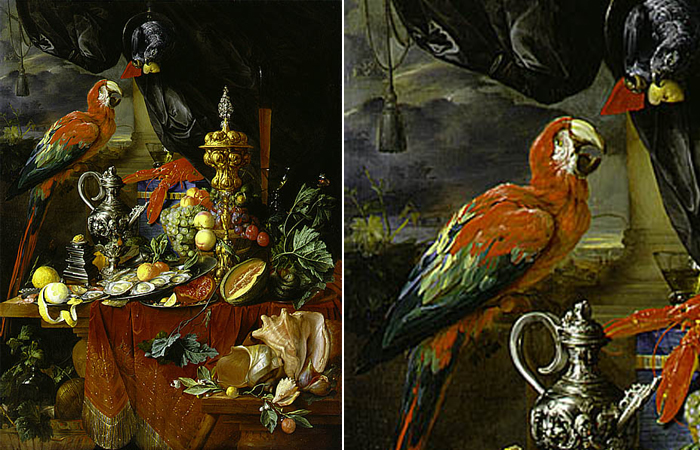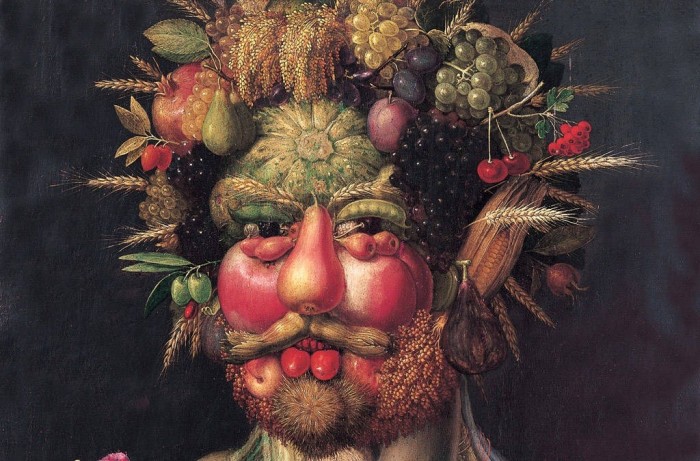As in the Sistine Chapel, the shame was also painted over other cases of strange censorship in the history of art
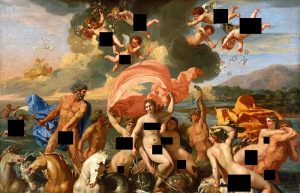 Censorship is sometimes unpredictable. For example, Facebook has been seen more than once in censorship scandals … naked antique sculptures, once during an advertising campaign for an international exhibition of statues. And on Iranian television athletes are covered up during competitions in rhythmic and artistic gymnastics (which is puzzling – because then there is no point in watching the competitions). It is impossible to embrace the history of censorship, but it has its own significant events.
Censorship is sometimes unpredictable. For example, Facebook has been seen more than once in censorship scandals … naked antique sculptures, once during an advertising campaign for an international exhibition of statues. And on Iranian television athletes are covered up during competitions in rhythmic and artistic gymnastics (which is puzzling – because then there is no point in watching the competitions). It is impossible to embrace the history of censorship, but it has its own significant events.
There is a team: hide behind
In Novosibirsk, in one of the universities in 2018, students suddenly found all antique statues placed along the corridors draped in impenetrable bedspreads. So the university has prepared for a visit by representatives of the Russian Orthodox Church. Whether this was a university or priesthood initiative is not entirely clear. Actually, the representatives of the Russian Orthodox Church did not come with an inspection of the morality of the interior, but as part of the forum on the accessibility of the urban environment for people with disabilities, and were not the only participants in this forum.
The statues were also covered during a visit to Italy by Iranian President Rouhani in 2016. Only statues of the goddesses underwent urgent dressing, which resulted in a small scandal: having tried to appear on the background of the statue of Marcus Aurelius, Rouhani said that this was impossible because of her shame. No, Marcus Aurelius was covered in general by a tunic, but he mounted a horse, and the horse had everything that a horse should to distinguish it from a mare. I had to urgently censor the horse from the visit of Rouhani – the president was removed on a different background.
In the same year, St. Petersburg suffered a scandal over a copy of the famous statue of David. A certain pensioner demanded to dress the statue, because she was standing near the Lutheran church and school, and “a man without spoils in the center of St. Petersburg spoils the historical look of the city and disfigures children’s souls.” A competition for the best costume for David was announced in the city, and local artists solved the problem quickly and brightly: they attached a cap to David’s genitals with paper tape.
Not only statues were worn in the history of censorship. A number of contemporaries called the famous painting of the Sistine Chapel only suitable for a bath, and after a scandal from sin, several figures were sketched away with sheets, twigs and clouds.
Even the leading artists of the nineteenth and twentieth centuries sometimes had to follow censorship. It is known that Matisse drew a diptych for the Russian customer Schukin – “Dance” and “Music”. In “Music”, one of the depicted is a flutist boy. His genitals were depicted schematically, but Schukin still found a similar picture indecent for the house. At his insistence, Matisse hid the shame with a layer of paint, however, so that if desired, it could be removed – which has already been done in our time.
Fig leaves
In the Middle Ages and the Renaissance of naked people, they drew quite freely, if the plot required (or it justified). True, there was such a problem that far from everywhere it was possible to find a woman model – this profession was considered immodest even among courtesans. As a result, it was possible to see images of women for whom men clearly posed – only the hairstyle and chest were then painted by women.
The fight against nudity was due to the spread of Protestantism, which, among other things, accused the Catholic Church of condoning the corruption of the flock, endorsing the drawings of naked people. Many Adams and Eve urgently painted in strategic places with fig leaves. Why them? Because, according to legend, having known sin and being ashamed, the first people dressed themselves with these leaves.
In the Vatican began a large company to cover the shame on the statues. Plaster leaves began to be molded on top of the marble genitals. One of the popes by the name of Innocent did not like the fact that the leaves were very hinting in this case, and he ordered, according to legend, to repulse all the genital statues and stick fig leaves to the smooth surface. There is a legend that somewhere inside the Vatican’s nerves there is still a box with dozens (or hundreds) of marble penises and scrotums, and art historians sometimes delve into it, trying to find the missing part of a particular statue.
Nineteenth-century Russian sculptors covered fig leaflets with copies of famous antique statues or Renaissance sculptures – customers required. The most notorious use of a leaflet in Russia is related to our time and the statue of Apollo at the Bolshoi Theater. After restoration, the causal place to the god of arts was covered with a gold leaf. In general, censoring most of the statues in the antique spirit (and even more so, in fact, antique) seems strange because they already come out of the hands of the sculptor heavily censored: tradition requires that the male genitals are not naturalistic, but modestly reduced and with a timid bush exclusively at the base of the penis. However, a bronze leaf hid the beauty of Apollo like a protection for a rugby player at the time of creation and disappeared only after the revolution.

